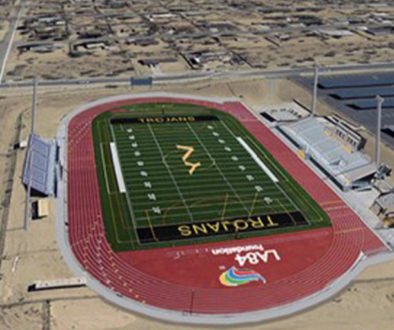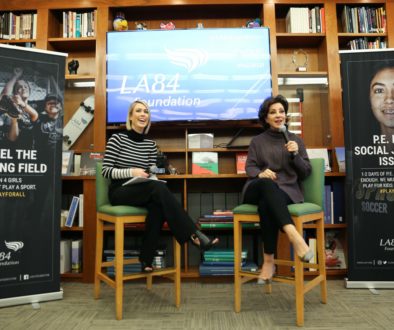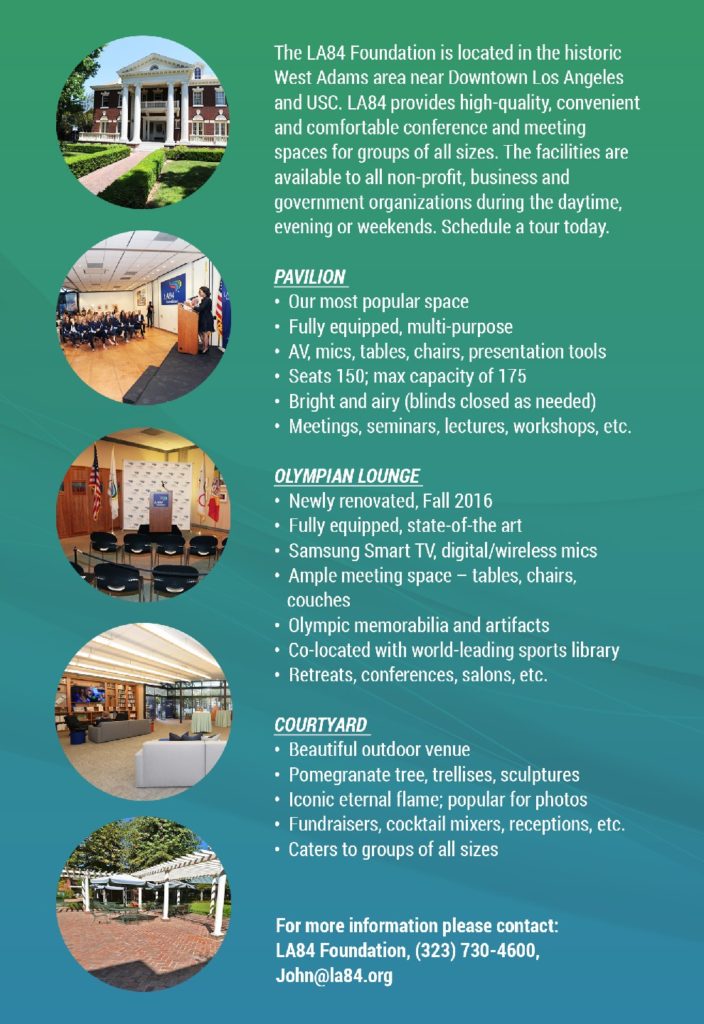Promoting Youth Sports Culture in the Middle East
Editor’s Note: An LA84 grant to the USC Annenberg Institute of Sports, Media and Society funded three reporters to attend, report and write stories from the 2017 FINA World Championships in Budapest, Hungary.
BUDAPEST- As a former Division I college athlete and an all-around sports enthusiast, it’s hard for me to imagine a world in which girls aren’t allowed to play sports in school.
In other parts of the world, that isn’t just imagination. It is reality.
“Young women in sports, especially in Islamic countries and the surrounding region, face barriers that can be cultural or financial,” 15-year-old Jordanian swimmer Lara Aklouk said amid the 17th FINA World Championships.
As time progresses, the Middle East has seen some growth in athletic opportunity for young women — and men, too. The London 2012 Games, for instance, marked the first at which the more than 200 participating nations sent female athletes to compete.
“We have more youth programs available now than before,” Aklouk said. “They are really developing and there seems to be good opportunities for boys and girls to join youth sports. I’ve seen more people joining and getting competitive over swimming and it’s been fun seeing so many Middle Eastern swimmers here.”
Husain Al-Musallam of Kuwait has also seen the benefits of sports for both boys and girls in the Middle East. Currently the newly re-elected first vice-president of FINA, al-Musallam became invested in athletics at a young age.
“I love sports because ever since I was little my dad took me to practice and pushed me to study and play sports. I started when I was less than 10 years old,” said al-Musallam.
Musallam continued to play sports like soccer and track throughout his life, and became particularly fond of swimming. He continued at the club level, and his swimming career even took him to the Gulf Coast and Asian championships.

In Kuwait, as elsewhere around the world but with one exception (the United States), youth club-level sports have budgets that “are sponsored totally by the government.” The United States is the one country where sport is not an arm of a government ministry. Each youth club in Kuwait offers 12 Olympic sports and the athletes must participate in one team and two individual events.
Boys and girls in Kuwait are also invited each year to an event titled “Sports Day,” in which they are able to compete in different Olympic events. On this day, the young athletes are able to show off the hard work they put into their sport.
While some athletes have different ideas about the meaning of sports for boys and girls, for al-Musallam, youth sports have one purpose: fun.
“All the athletes competing at the championship level were kids at one point in their life. The value of sport for youths is very important. When the kids are 10 years and younger, we shouldn’t push them too hard or compare them to others or professionals. When they are youths and even older, sports should be for enjoyment and not for winning.”
In his own family, al-Musallam makes this message real. His own 9-year-old daughter has, on her own, gotten involved in Kuwait City in ice hockey and swimming, he said, adding that he believes she is truly developing a passion for sport because she isn’t being pressured into it.
Only a very few will swim at events like the world championships. For the rest of us, there are life lessons to learn. And, along the way, fun.
“If you push the youth to be champions,” al-Musallam said, “it’s very dangerous. Just like in the youth game championships. They are a good opportunity for the youths, but there is a lot of pressure over young athletes to be a champion. It should just be for fun for them or they will not want to anymore.”




